Difference Between Wildfire and Bushfire: A Comprehensive Guide
While wildfires and bushfires describe uncontrolled fires but there is a difference between wildfire and bushfire in regional usage and environmental context. Understanding both terms is crucial for interpreting fire reports and regional preparedness strategies.
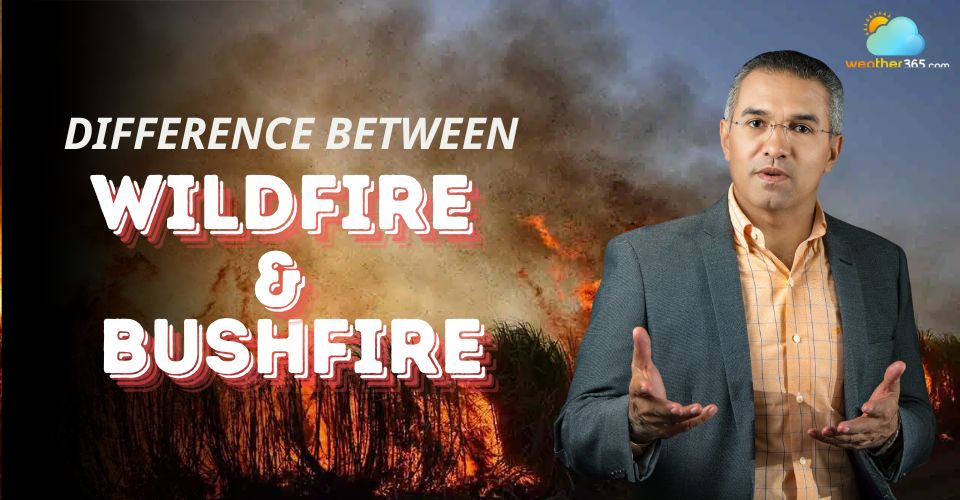
Wildfire vs bushfire
Bushfire and wildfire
The terms wildfire and bushfire are often used interchangeably, but there are differences between them.
A wildfire is a broad term referring to any large, uncontrolled fire that spreads rapidly through vegetation such as forests, grasslands, or prairies.
These fires can occur anywhere in the world and are known for their speed and destructive power.
In contrast, a bushfire specifically refers to wildfires that burn in scrublands or bush-covered areas, particularly in countries like Australia and parts of Africa.
While both are forms of uncontrolled fires, the term “bushfire” is more regional and tied to certain landscapes.
|
Wildfire |
Bushfire |
|
|
Primary Triggers |
– Mostly caused by human carelessness |
– Natural causes such as lightning |
|
Ways of Spreading |
– Controlling wildfire can be difficult – Wildfires spread faster |
– Bushfires are more controllable – Bushfires move slower than wildfires, but fast nonetheless |
|
Local Terminology |
– Mainly used in the United States |
– Mainly used in Australia |
|
Causes |
Wildfires often result from human activity, such as unattended campfires or discarded materials, though natural causes like lightning also play a role. |
Caused by both natural sources (lightning is the main natural cause) and humans (accidental or intentional). |
|
Impact |
Can severely affect water quality, soil, air, and ecosystems over large areas. |
Can cause significant damage to life, property, wildlife, and produce heavy smoke, but typically more localized. |
Difference between wildfire and bushfire
The main difference between wildfire and bushfire lies in their impact and environmental consequences.
Wildfires often have widespread effects on natural ecosystems, including the degradation of water quality in rivers, lakes, and streams both in the short and long term due to ash runoff and soil erosion.
Bushfires typically refer to intense fires in scrubland or bushland areas, especially in Australia.
A large-scale bushfire can cause severe damage to homes, wildlife habitats, and critical infrastructure, disrupt water supplies, and lead to significant economic losses through increased insurance claims and government disaster relief spending.
There are several other important differences between bushfires and wildfires in terms of intensity, frequency, and location. Let’s explore these distinctions in detail.
Primary triggers
Both wildfires and bushfires require three key elements to ignite: fuel, oxygen, and heat.
While natural causes like lightning or extreme heat can spark fires, human activity is the leading cause of wildfires.
In fact, 84% of wildfires are triggered by unattended campfires, discarded cigarettes, burning debris, or arson.
Human-caused wildfires have significantly extended the fire season from 46 to 154 days, costing up to $2 billion annually.
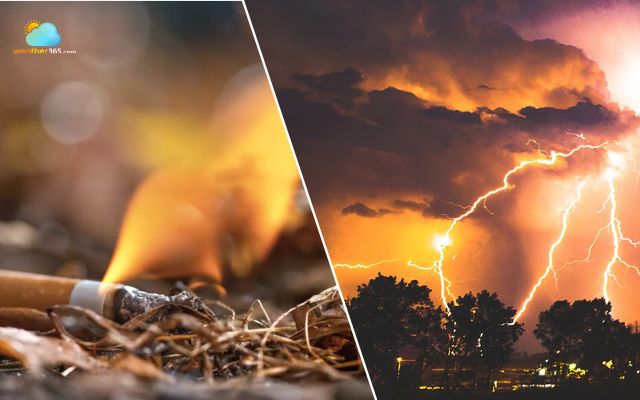
Natural and human causes of wildfire and bushfire
Bushfires, especially common in Australia, can also originate from both natural and human causes, with lightning accounting for about half of all ignitions.
The rest are due to accidental or intentional human actions, including arson.
Bushfires that occur near populated areas pose greater risks to infrastructure, public safety, and the environment, especially when started under dangerous weather conditions.
You may also like this: What causes bushfires in Australia?
Ways of spreading
Wildfires are often intense, fast-spreading, and extremely difficult to control.
Fueled by dry vegetation and abundant oxygen, they can quickly grow out of control, especially in hot and dry climates.
Combustible plants in forested or grassy areas are especially vulnerable.
Due to their strength and speed, wildfires lack a one-size-fits-all suppression strategy.
However, areas with higher moisture levels can help reduce wildfire intensity by supporting temperature regulation and fire suppression.
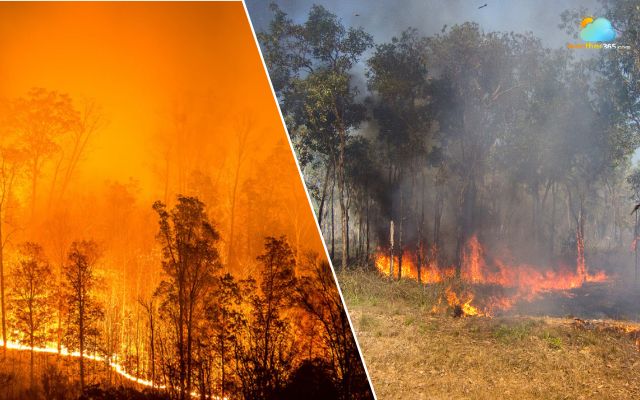
Both wildfire and bushfire pose significant challenges for communities and the environment
In contrast, bushfires often spread more slowly, but they can still be hazardous, especially under extreme weather conditions.
They require a heat source, dry fuel, and low moisture to ignite and typically burn more slowly than wildfires.
While bushfires can sometimes be managed, their behavior depends heavily on climate and environmental conditions.
A bushfire may smolder for several days if it lacks fuel, and though less common, it can still threaten lives, wildlife, and property under the right conditions.
Local terminology
Wildfires are typically named after the location where they start, such as nearby roads, landmarks, or mountain peaks.
Unlike hurricanes, which receive human names from a pre-approved list by the World Meteorological Organization, wildfire names are chosen for clarity, helping firefighters and locals easily track the fire’s movement.
In the United States, “wildfire” is the general term used for all fires that occur in wildland areas.
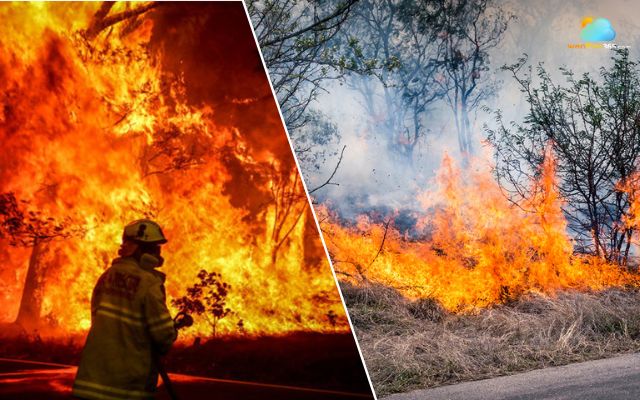
In US, wildfires are used for all fires that occur in wildland areas
In Australia, however, the term “bushfire” is used. The “bush” refers to sparsely populated or remote regions, which may or may not be heavily forested.
Any fire occurring in these areas is called a bushfire in Australian English, regardless of vegetation type.
Understanding the difference between wildfire and bushfire terminology helps improve communication and public awareness during fire emergencies.
Impacts
While both wildfires and bushfires are destructive, their impacts vary by region and intensity.
Wildfires, more common in the U.S., can devastate large forested areas, destroy homes, disrupt ecosystems, and degrade air and water quality.
Their rapid spread often leads to mass evacuations and significant economic loss.
Bushfires, prevalent in Australia, also threaten lives, wildlife, and infrastructure, but often occur in rural or scrubland regions known as “the bush.”
Large bushfires can strain emergency services, impact agriculture, and raise insurance costs.
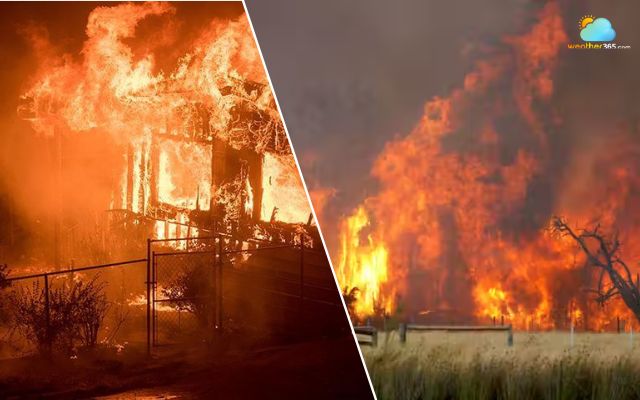
Both wildfires and bushfires lead to devastating damage
Difference among bush fire, brushfire, and forest fire
While reading or listening to fire news, you can get other common terms like bush fire, brushfire, and forest fire.
Understanding the difference between bushfire, brushfire, and forest fire is key to wildfire awareness.
These terms describe wildfires in different terrains, each with unique behavior, risks, and regional usage.
Look at this picture to see how different they are.
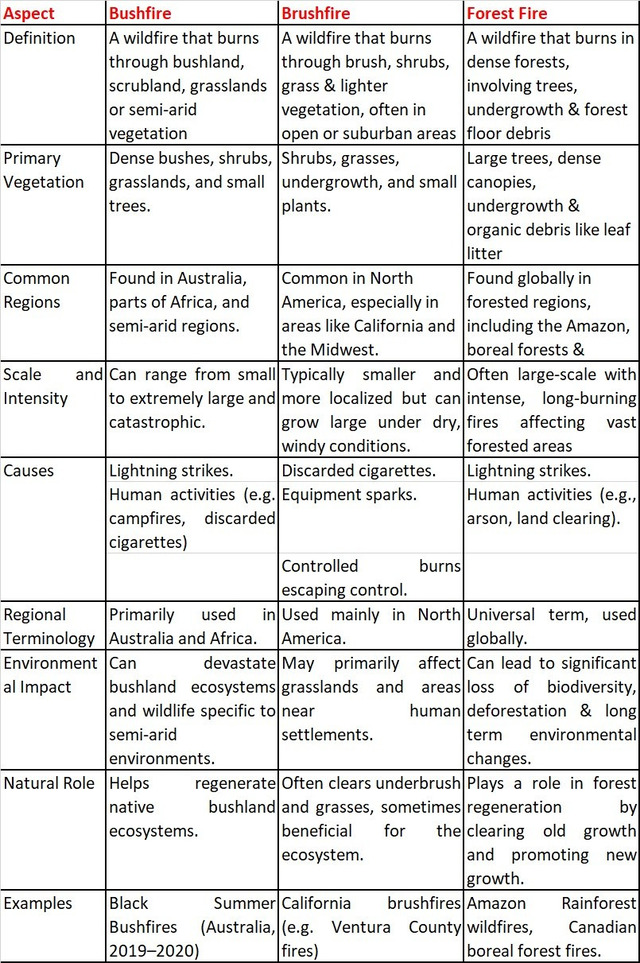
Conclusion
Understanding the difference between wildfire and bushfire is essential for improving fire awareness, preparedness, and safety. While both are dangerous and destructive, they vary by region, fuel type, and intensity. Recognizing these distinctions helps individuals, communities, and authorities respond more effectively to fire threats and reduce the risks to life and property.

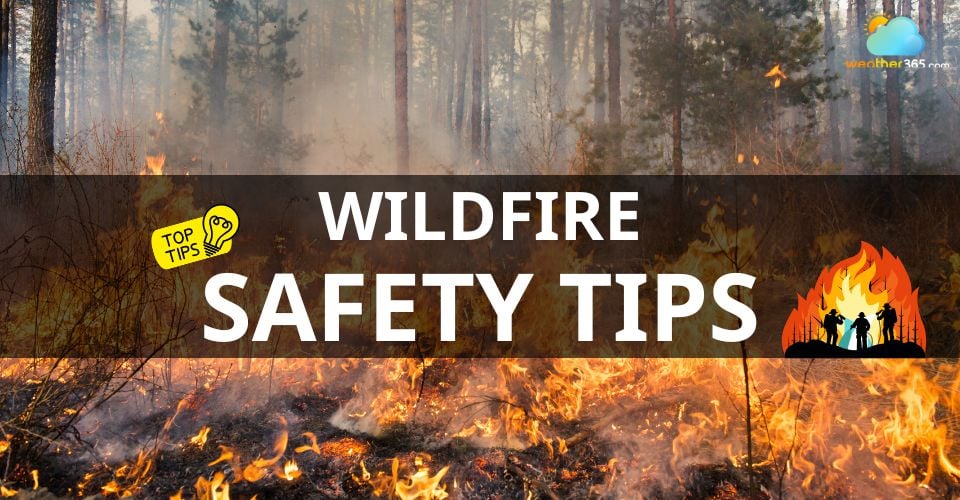
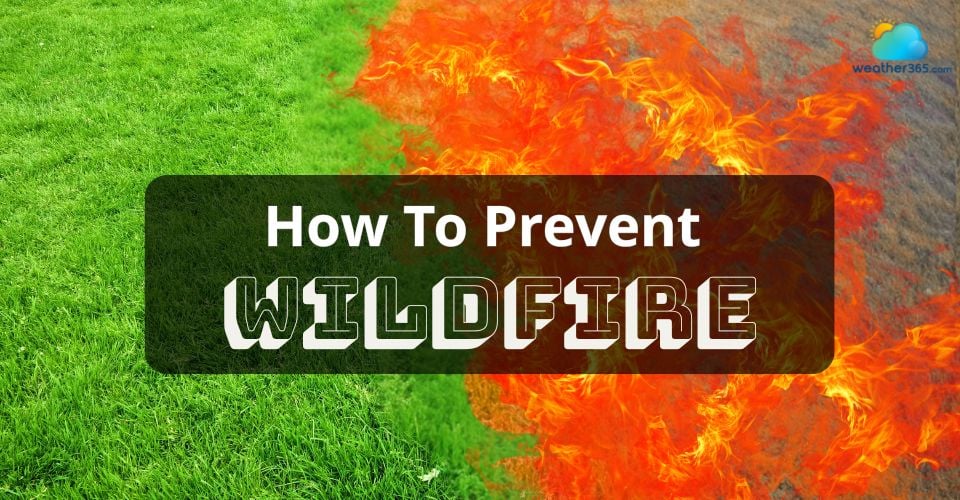
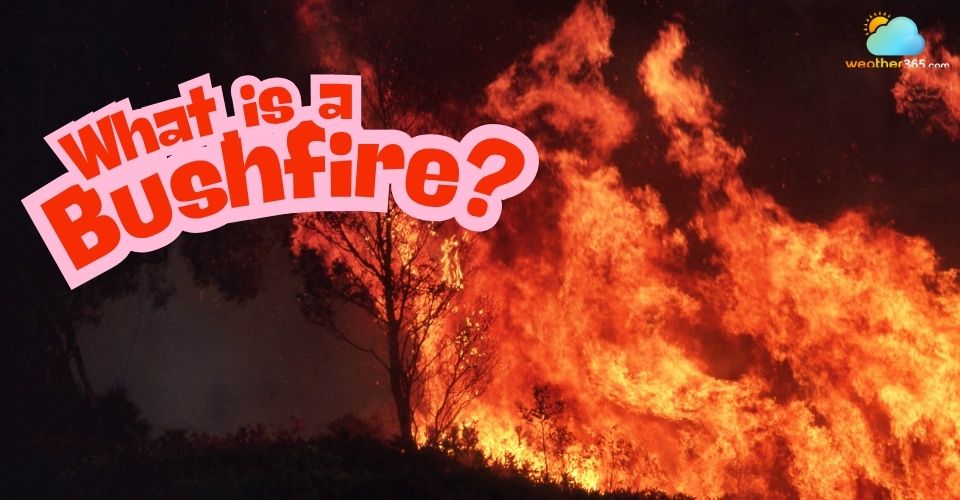
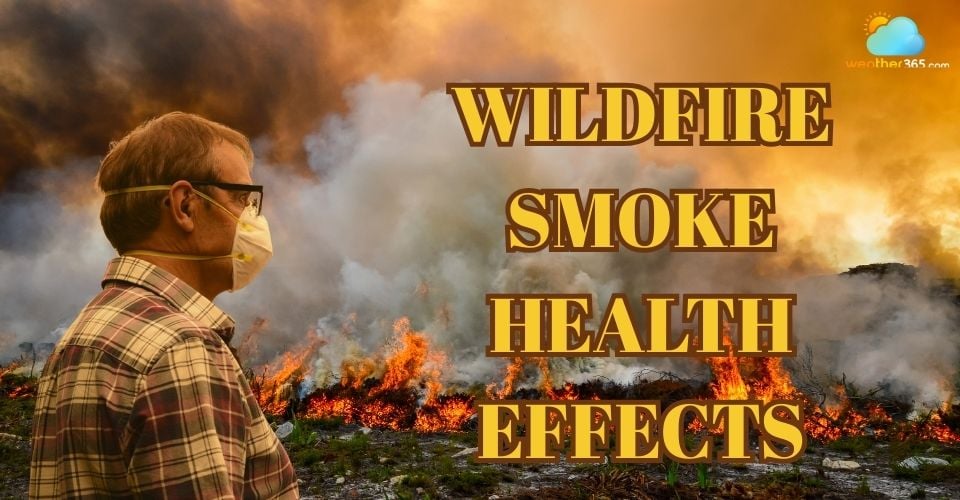
0 Comment
Leave a comment
Your email address will not be published. Required fields are marked *